How much sand is needed for 1 cube of concrete?
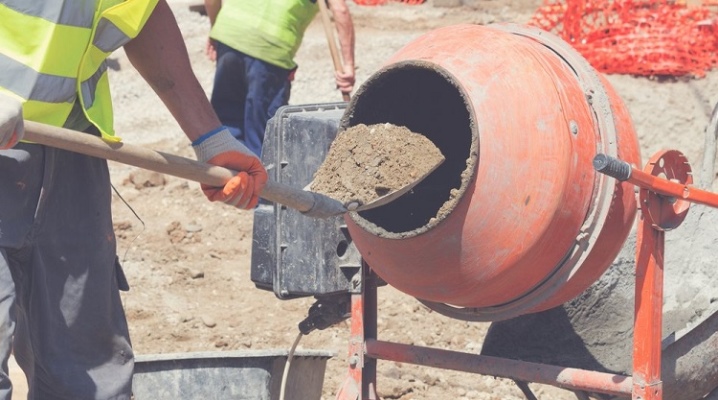
Concrete, which provides the foundation or site in the yard with sufficient strength so that the concreted place lasts longer and does not crack after a few months or a couple of years, requires adherence to specific doses of sand and cement. Let's take a look at how much sand is needed for 1 cube of concrete?
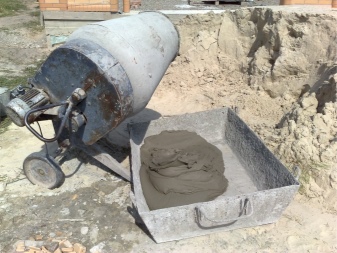
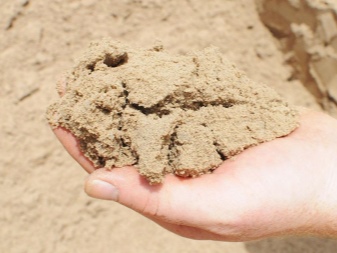
Consumption for dry mix
Applying a dry or semi-dry construction mixture for screed floors, paths or areas outside the building, the master gets acquainted with the description of the selected concrete grade. For her, in turn, the doses of sand and cement are indicated on the original packaging. The manufacturer publishes information about the volume of the mixture applied to the base of each millimeter of the screed thickness.
In order, for example, to obtain a cement mortar of the M100 brand, used for living rooms, this mixture is consumed in an amount equal to 2 kg. It is required to add 220 ml of water - for each kilogram of the mixture. For example, in a room of 30 m2, a screed with a thickness of 4 cm is required. After calculating, the master will find out that in this case 120 kg of construction mixture and 26.4 liters of water are required.
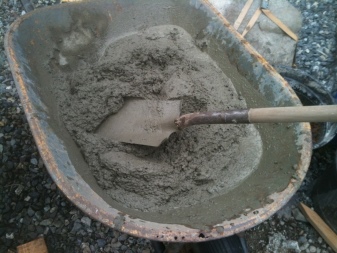
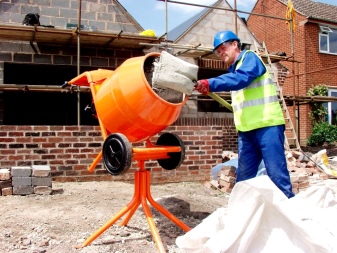
Standards for different solutions
It is not recommended to use concrete of the same grade for different substrates. In the courtyard, for example, when pouring a small staircase, a slightly weaker concrete is used. If we are talking about a foundation reinforced with reinforcement, one of the strongest compounds is used to correlate the real load from the walls, roof of a house, floors, partitions, windows and doors - it has a much more solid load than from people walking along stairs and paths ... The calculation is made for each cubic meter of concrete.
In construction, cement-containing mixtures are used for pouring the foundation, floor screed, masonry of building blocks, plastering walls. Different goals achieved when performing a particular type of work report different doses of cement from each other.
The largest volume of cement is consumed when using plaster. In this list, the second place is given to concrete - in addition to cement and sand, it contains gravel, crushed stone or slag, which reduces the cost of cement and sand.
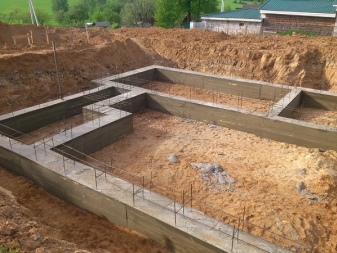
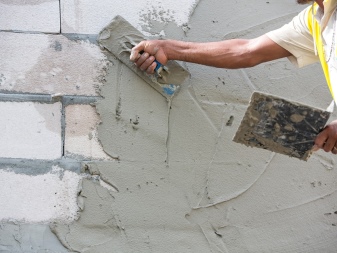
Grades of concrete and cement mortar are determined according to GOST - the latter emphasizes the parameters of the resulting mixture:
- concrete grade M100 - 170 kg of cement per 1 m3 of concrete;
- M150 - 200 kg;
- M200 - 240;
- M250 - 300;
- M300 - 350;
- M400 - 400;
- М500 - 450 kg of cement per "cube" of concrete.
The "higher" the grade and the higher the cement content, the stronger and more durable the hardened concrete. It is not recommended to lay more than half a ton of cement in concrete: the beneficial effect will not increase. But the composition, when solidified, will lose the properties expected from it. M300 and M400 concrete is used to lay the foundation for multi-storey buildings, in the manufacture of reinforced concrete slabs and other products from which a skyscraper is being erected.
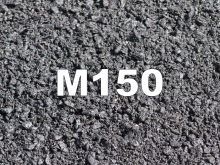
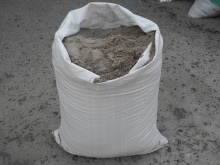
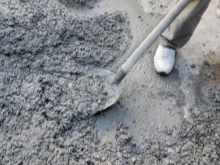
How to calculate correctly?
Less cement in concrete leads to an increase in the mobility of the concrete that has not yet hardened. The cementing component itself is a binder: gravel and sand mixed with it, with an insufficient amount of the first, will simply spread in different directions, partially seep through the cracks in the formwork. Having made a mistake by one calculated fraction when dosing the components, the worker will result in an error of up to 5 parts of the "buffer" (pebbles and sand). Once frozen, such concrete will be unstable to changes in temperature and humidity, and to the effects of precipitation.A small overdose of the cement ingredient is not a fatal mistake: in a cubic meter of concrete of the M500 brand, for example, there may be not 450, but 470 kg of cement.
If we recalculate the number of kilograms of cement in a particular brand of concrete, then the ratio of cement to sand and crushed stone ranges from 2.5-6 parts of filler to one part of concrete. So, the foundation should not be worse than the one made of concrete grade M300.
The use of concrete of the M240 brand (at least for a one-story capital structure) will lead to its rapid cracking, and the walls will also find themselves in cracks in the corners and other extremely important parts of the house.
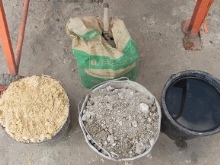

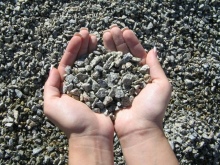
Preparing the concrete solution on their own, the masters rely on the brand of cement (these are the 100th, 75th, 50th and 25th, judging by the description on the bag). It is not enough just to thoroughly mix all the components, although this is also important. The fact is that sand, as the largest and heaviest fraction, tends to sink, and water and cement rise up, for which concrete mixers are used. The most popular unit of measurement is a bucket (10 or 12 liters of water).
The standard concrete mix is 1 bucket of cement for 3 buckets of sand and 5 buckets of gravel. The use of unseeded sand is unacceptable: clay particles in quarry sandy loam worsen the characteristics of cement mortar or concrete, and in unrefined sand their share reaches 15%. For high-quality plaster that does not crumble or crack even after several decades, use 1 bucket of cement for 3 buckets of seeded or washed sand. A plaster thickness of 12 mm will require 1600 g of M400 grade cement or 1400 g of M500 grade per square meter of coverage. For brickwork with a thickness of brick, 75 dm3 of M100 cement mortar is used. When using cement grade M400, its content in the solution is 1: 4 (20% cement). A cubic meter of sand will require 250 kg of cement. The volume of water for M500 cement also maintains a ratio of 1: 4. In terms of buckets - a bucket of M500 cement, 4 buckets of sand, 7 liters of water.
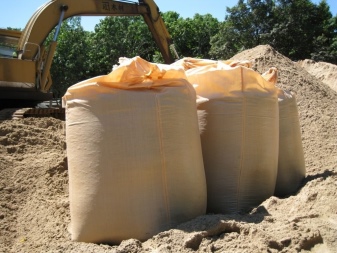

For the screed, 1 bucket of cement is used for 3 buckets of sand. The result of the work done is that fully hardened concrete should not deform in any way when the design and practical load is applied to it. To gain additional strength, it is watered several times a day - already a few hours after the initial setting. This does not mean that you can save on cement. After application, the uncured "screed" coating is additionally sprinkled with a small amount of clean cement and lightly smoothed with a trowel. After hardening, such a surface becomes smoother, shinier and stronger. Having ordered a car (concrete mixer) of ready-mixed concrete, specify what brand of cement is used, what brand of concrete the owner of the facility expects to receive.
If you are preparing concrete and pouring it yourself, be equally attentive to the choice of cement of the desired brand. The error is fraught with noticeable destruction of the cast area or the supporting structure.
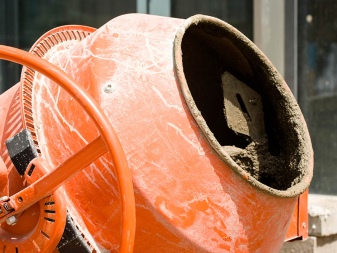
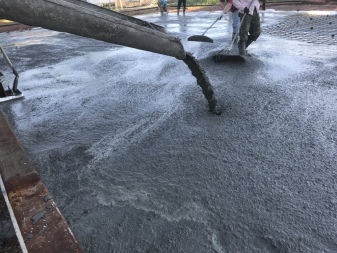













The comment was sent successfully.